Wholesale pearls buying in 2025 is a great way to boost your business and increase profits. Buying in bulk saves you money with discounts of up to 50 percent off the retail price. The price per unit will be even lower, helping you make more profit at retail.
The cultured pearl market keeps growing worldwide. The Asia-Pacific region is driving this growth because people there have more money to spend. High-end pearls like South Sea and Akoya strands are especially popular among wealthy buyers.
It’s now easy to find pearl strands, pearl bracelets, and wholesale pearl necklaces on websites that sell things. This helps you reach more people than ever before.
Investing in wholesale pearls positions your business to capitalize on these trends, ensuring you stay competitive in a thriving market.
Key Takeaways
- Buying pearls in bulk is cheaper than purchasing them individually. You can cut costs by up to 50% and increase your profits.
- There are many types and colors of pearls available. Picking the right ones lets you meet customer preferences. This helps you sell more and have better pearl products.
- You need to build a long term and reliable relationship with your pearl supplier. They can offer lower price and faster delivery.
- Learn about pearl qualities such as type of pearl, shape, size, colors, luster and surface smoothness. Knowing these details will help you pick the right pearl for your customer.
- Keep track of market trends instantly and control your inventory. This ensures that you have the right stock of pearls available for sale when your customers need them.
Benefits of Buying Wholesale Pearls
Cost Savings and Competitive Pricing
Buying pearls in bulk saves you money. It’s a smart move for any business. You get much lower prices than retail. Wholesale deals cut costs dramatically.
Here’s how it works:
- Hey Foster’s subscription model can reduce costs to approximately $1,267 per hire on a 30-hire plan.
- Pearl’s managed route costs around $36,000 per year, while their direct route is $17,500 annually.
These figures highlight how the wholesale model can reduce costs for you, and with Wholesale Pearls you can also offer competitive prices to your customers, giving you an edge in the marketplace. Lower unit costs translate into higher profit margins, ensuring that your business remains profitable and sustainable.
Access to Diverse Pearl Varieties
There are many benefits to buying pearls in bulk, allowing you to choose from a wide variety of pearl types and colors. From Akoya pearls, to Tahitian pearls, to freshwater pearls, bulk buying ensures that you have a wide selection to choose from.
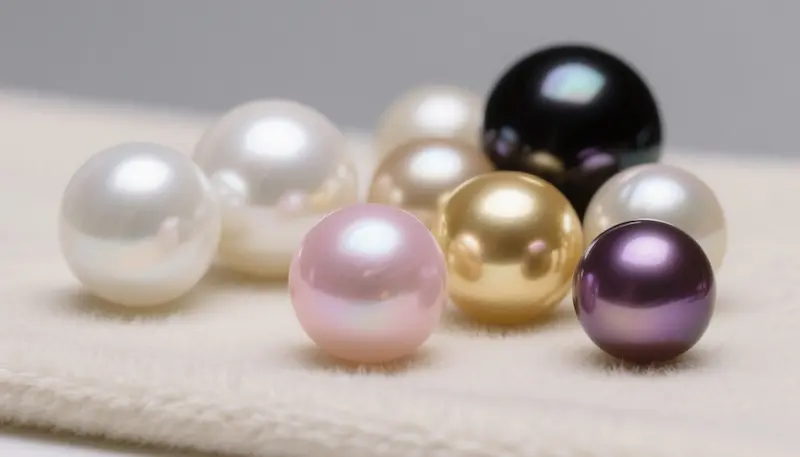
Let’s find out more:
| Pearl Color | Description | Common Pearl Types | Overtones |
|---|---|---|---|
| White | Classic and elegant, symbolizing purity. | Akoya, South Sea, Freshwater | Rose, silver, cream |
| Golden | Luxurious deep gold pearls. | South Sea, Freshwater | Champagne, bronze, deep gold |
| Black | Naturally dark, exotic, and elegant. | Tahitian, Freshwater (treated) | Green, peacock, aubergine, silver |
| Lavender | Unusual and beautiful light purple hue. | Freshwater | Silver, pink, violet |
This diversity allows you to cater to a broader customer base, from those seeking timeless elegance to those desiring unique, statement pieces. By offering a wide range of pearls, you can position your business as a one-stop shop for all pearl needs.
Strengthening Supplier Relationships
Building a strong relationship with your wholesale pearls supplier is the key to long-term success. If you insist on buying in bulk, the supplier will prioritize the preparation of your order and offer you exclusive discounts. This trust can lead to faster delivery times and more consistent pearl quality.
In addition, maintaining a good relationship with your suppliers will keep you informed of the latest market trends and up-to-date product information. Reliable suppliers will help you meet challenges and seize opportunities in the competitive pearl industry.
Understanding Pearl Quality and Types
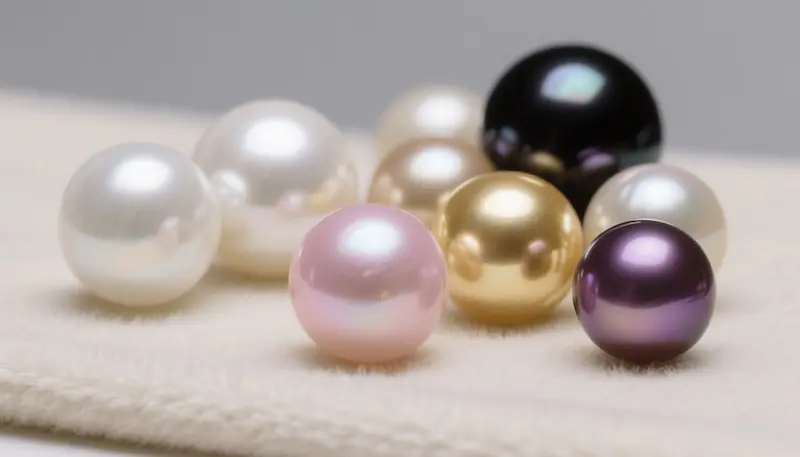
Freshwater, Akoya, Tahitian, and South Sea Pearls
When buying pearls in bulk, you need to understand the characteristics of different types of pearls. Each type of pearl has unique qualities and characteristics. Different types of pearls can satisfy different customer preferences and market demands.
- Freshwater Pearls: Freshwater pearls are cultured in freshwater lakes and rivers. They are inexpensive and come in a variety of shapes, sizes and colors. Freshwater pearls are very cost effective.
- Akoya Pearls: AAkoya pearls are well rounded and lustrous. Their classic white to cream color makes them a favorite for traditional and elegant designs.
- Tahitian Pearls: These pearls are known for their gray to black shades as well as colors such as peacock and eggplant.
- South Sea Pearls: South Sea pearls are the largest and most luxurious. Their white to golden tones exude sophistication, making them highly sought after in the high-end market.
| Pearl Type | Characteristics |
|---|---|
| Freshwater Pearls | Affordable, diverse shapes and colors |
| Akoya Pearls | Small, round pearls with white to cream color |
| Tahitian Pearls | Large, round to oval pearls with gray to black color and overtones |
| South Sea Pearls | Large, round pearls with white to golden color |
Knowing these differences lets you carefully choose the types of wholesale pearls you sell, so you can be sure you’re giving your customers what they want.
Key Quality Metrics: Luster, Surface, Shape, Size, and Color
When you’re buying pearls in bulk, there are several key factors that directly affect their value and appeal. If you pay attention to these things, you’ll be able to find pearls that are worth the money.
- Luster: A pearl’s luster is simply how shiny and reflective its surface is. This quality directly impacts its brilliance. Pearls of higher quality have a mirror-like shine, while pearls of lower quality look dull.
- Surface Clarity: The smoother the surface and the fewer the imperfections, the more valuable the pearls.
- Shape: Round pearls are the most precious, but baroque and oval pearls can offer more creative designs.
- Size: Larger pearls are usually more expensive because they are rarer and easier on the eye.
- Color: The hue and overtones of a pearl, such as pink or silver, influence its appeal and market value.
| Quality Indicator | Description |
|---|---|
| Luster | The shine and reflective quality of the pearl’s surface. |
| Surface Clarity | The absence of blemishes or imperfections on the pearl’s surface. |
| Nacre Thickness | The thickness of the nacre layer, which affects durability and appearance. |
| Color | The hue of the pearl, which can vary widely among different types. |
| Size | The dimensions of the pearl, which can influence its value. |
| Matching Quality | The uniformity of appearance among multiple pearls intended to be used together. |
These metrics ensure you select pearls that meet your customers’ expectations and make your pearl business more stable,
Pearl Grading Systems Explained
Pearl grading systems provide a standardized way to assess pearl quality. They help you make the right decision when buying wholesale pearls.
Grading considers factors like luster, surface, size, and shape. For example, pearls with high luster and minimal blemishes receive top grades. Akoya and South Sea pearls are usually ranked higher in grading systems because they have better luster and fewer surface imperfections.
| Finding | Novices | Experts |
|---|---|---|
| Grading Concordance | Less than experts | More consistent |
| Grading Method Complexity | Simpler usage of factors | Elaborated evaluation method |
| Significant Trials (using interference color and glossiness) | 60% | 20% |
New pearl buyers often stick to basic grading systems. More experienced buyers take a deeper approach. They carefully check each pearl to keep quality steady.
Finding Reliable Wholesale Pearl Suppliers
The key to a successful wholesale pearl business is finding the right pearl manufacturer. A reliable pearl supplier promises consistent quality, on-time delivery, and good prices. Here’s how to find and build relationships with trustworthy suppliers.
Online and Offline Supplier Research
Begin your search by checking out both online and offline options. You can find a lot of different suppliers on sites like Alibaba, Etsy Wholesale, and marketplaces that only sell pearls. Most of the time, these sites have reviews and ratings to help you find a trustworthy person.
You can meet suppliers in person by going to trade shows, jewelry expos, and other industry events. Events like the Hong Kong International Jewelry Show are great for getting a close look at pearls and meeting people in the business. When possible, visiting suppliers’ facilities gives you a full picture of how they work and how they keep their quality high.
Tip: Combine online and offline research to get a comprehensive view of potential suppliers. This two-pronged approach makes it more likely that you’ll find a supplier that meets your business needs.
Verifying Credentials and Certifications
Before you finalize a deal with a supplier, verify their credentials. Look for certifications that demonstrate their adherence to industry standards.
Be sure to ask for proof that the pearls are real. Check for certificates of origin, lab certifications, and grading reports. These papers will tell you how good the pearls are.
Check their business registration and licenses as well. A real supplier won’t mind giving you this information. You can check that everything is correct by looking them up in online databases or industry lists.
Note: Verifying credentials may seem time-consuming, but it’s a critical step to avoid potential scams and ensure you’re working with a reputable supplier.
Building Trust Through Sample Orders
Once you have shortlisted potential suppliers, the next step is to ask for sample orders. This is a good way to test whether they can deliver on their promises.
Focus on key quality indicators such as luster, surface clarity, and nacre thickness. Compare these samples with the description and pictures provided by the supplier. This will help to confirm that everything matches up.
Ordering samples lets you get a feel for what a supplier is really like. Did they respond promptly to your inquiries? Were the samples delivered on time? This is the basis for future long-term cooperation.
Start with a small order to minimize risk. If the supplier meets your expectations, gradually increase the size of your orders. Building trust takes time.
Callout: A trustworthy supplier will always be transparent about their products and processes. If a supplier hesitates to provide samples or answer your questions, consider it a red flag.
Negotiating Wholesale Pearls Prices
Wholesale Pricing Structures
To get the best deals, you need to know how wholesale pricing works. Depending on how many pearls you order, pearl suppliers usually have different prices. In short, the more you buy, the less each item costs. When you buy pearls in bulk, you not only save money, but you also become a bigger, more important customer to your suppliers.
When you buy stuff matters too. Prices usually go down when things are being made a lot, because there’s plenty to go around. If you time your purchases to match those busy production times, you can save a good chunk of money.
| Strategy | Result |
|---|---|
| Bulk Purchasing | 15%-25% average cost reduction |
| Supplier Evaluation | Ensures quality and stability of supply |
| Market Timing | Lower prices during peak production months |
These strategies ensure you maximize savings while maintaining a steady inventory of high-quality pearls.
Effective Negotiation Strategies
Negotiating is how you get the best prices. Do your homework first – check out what’s happening in the market and what your competitors are paying. That gives you an advantage when you’re talking to suppliers. Let them know you’re looking for a long-term partnership and that you plan to buy in large quantities; that’ll make them more likely to offer you a discount.
Make sure you’re clear and confident when you talk to them. Ask for discounts if you’re buying a lot, or free shipping, or more time to pay your bills. Suppliers usually appreciate it when you’re upfront, and they might be more willing to work with you.
Tip: Always negotiate with confidence. Pearl suppliers expect it and often leave room for adjustments in their initial quotes.
Also, making friends with your suppliers can really help. When you have a good relationship built on trust, they’re more likely to give you special deals or put your orders at the top of the list.
Accounting for Additional Costs
When calculating wholesale pearls expenses, don’t overlook hidden costs. To avoid any surprises, make sure you factor in things like shipping costs, duties, and insurance when you’re making your budget.
Packaging costs also matter. Good packaging makes your pearls seem more valuable. But remember, good quality packaging might cost a bit more. Talk to your pearl supplier about different packaging choices. You need to use packaging that’s cost-effective and does the job well.
By calculating these additional costs, you can ensure accurate pricing and maintain a reasonable profit.
Managing Logistics and Supply Chain
Efficient logistics and supply chain management are critical for ensuring your wholesale pearls business runs smoothly. By picking the best shipping methods, knowing the ins and outs of customs rules, and keeping a close eye on your inventory, you can cut down on delays and make more money overall.
Shipping Methods for Pearls
Picking the best shipping method keeps your pearls safe and gets them there fast. Air freight is quick but costs more. Sea freight saves money for large orders. Look at different shipping routes to weigh cost against delivery time. This helps you find the right mix.
| Shipping Route | Cost (USD/CBM) | Transit Time (days) |
|---|---|---|
| Ningbo to Philadelphia | 89 | 35 |
| Shanghai to Los Angeles | 38 (≤1CBM) | 14 |
| Shanghai to Miami | 99 | 32 |
| Shanghai to Chicago | 92 (≤3CBM) | 23-25 |
For smaller shipments, try express couriers such as FedEx or DHL. They offer tracking. You’ll get faster delivery too. This helps keep your pearls safe during transit. They arrive in perfect condition.
Tip: Always insure your shipments to protect against potential losses or damages during transit.
Navigating Customs and Import Regulations
Understanding customs regulations is essential to avoid delays and penalties. Most cultured pearls are not subject to CITES (Convention on International Trade in Endangered Species) restrictions. However, products made from endangered species, like certain mother-of-pearl items, may require import authorization.
- Seek grading reports from reputable institutes like SSEF or GIA to verify pearl quality.
- Comply with environmental regulations, such as Regulation (EU) 2019/2117, to ensure ethical sourcing.
- Maintain proper documentation, including certificates of origin and invoices, to streamline the customs process.
Note: Partnering with a customs broker can simplify the import process and ensure compliance with local laws.
Inventory and Delivery Management
Good inventory management means getting things to customers on time and avoiding running out of stock. Use smart demand planning to really nail what your customers will want. Cloud-based inventory systems let you see what’s happening in real-time, helping you make better choices and stay transparent.
| Technique | Performance Impact |
|---|---|
| Reliable Supplier Relationships | Reduces lead times and improves supply chain efficiency. |
| Smart Demand Planning | Minimizes stockouts through accurate analytics and reporting. |
| Cloud-based Inventory Management | Enhances transparency and allows access to data from any location. |
Having strong relationships with your pearl suppliers also helps you keep a consistent inventory. Pearl suppliers you trust will prioritize your orders for you, which means faster delivery times and reliable quality.
Callout: Investing in tech to manage your inventory can save you tons of time and reduce mistakes, giving you a real leg up on the competition.
Leveraging Technology and Trends in 2025
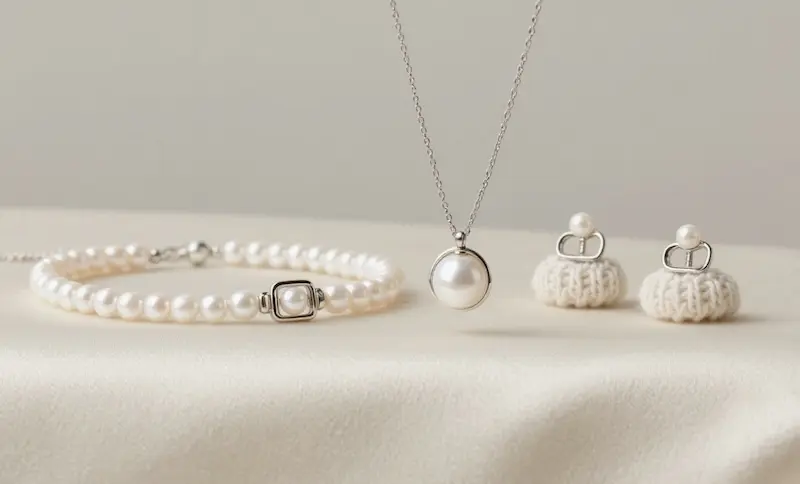
Data Analytics for Market Insights
Data analytics is really changing the game for the wholesale pearls business. With the right tools, you can discover a ton about what customers want, spot trends throughout the year, and figure out the best pricing. Using tools like Google Analytics or software designed for the jewelry market helps you track sales and see which pearl types are most popular.
You must forecast future market trends based on historical data. For example, if Akoya pearls consistently sell well during the holiday season, you can plan bulk purchases ahead of time to meet demand. That way, you’re sure to make the most of the busy season and maximize your profits!
The pearl market is changing fast. Cultured pearls are becoming super popular because they’re more affordable and easier to get. And younger buyers really want pearls that are sourced ethically and sustainably.
Pearls are being used more and more in things like cosmetics and medicine, which is also changing the industry. If you keep an eye on these trends, you can tweak what you stock and how you market it, so you stay ahead of the competition.
Tip: Use data visualization tools like Tableau or Power BI to present market insights clearly. This helps you make informed decisions and communicate effectively with your team.
Sustainable and Ethical Sourcing Practices
Sustainability isn’t just an option anymore. Your wholesale pearls business needs it to thrive. Younger buyers especially care about ethical sourcing. They choose products based on this. Working with eco-friendly suppliers will boost your brand’s image. It also helps you gain loyal customers.
New ideas are changing the way pearl farming works. Farmers now use technologies like combining aquaculture with solar power and integrated farming and aquaculture methods. This method makes fewer negative effects on the environment while still making high-quality pearls.
Backing these techniques helps the earth. It also makes your business stand out as eco-friendly. Companies that adopt sustainable practices are more likely to earn the respect of the industry.
Pearl farms that adopt these innovations will be more promising. They show that it is possible to preserve nature without compromising quality. More pearl farms should follow this path. Xinye Pearls’ pearl farms are currently “solar-fishing” farms, using integrated aquaculture techniques.
Callout: Highlight your commitment to ethical sourcing in your marketing campaigns. Customers are more likely to choose brands that share their values.
By embracing sustainable practices, you contribute to a better future while strengthening your business. Ethical sourcing isn’t just good for the environment—it’s good for your bottom line.
Addressing Challenges in Wholesale Pearls Buying
Ensuring Quality Control
When buying pearls in bulk, quality control is a major hurdle. Making sure every pearl meets your standards is crucial, so choosing a dependable supplier is key.
Before placing a big order, always check samples first. Pay close attention to key things like the luster, surface quality, and nacre thickness. Use tools like a magnifying glass or pearl calipers to really inspect these crucial indicators. If you can, visit the supplier’s facility to see their quality control process firsthand.
Tip: Create a checklist of quality standards to streamline your inspection process. This ensures consistency and saves time.
Mitigating Supply Chain Risks
Supply chain disruptions can really mess things up, leading to delayed orders, higher costs, and even lost business opportunities. It’s a good idea to have different suppliers so that you don’t put all your eggs in one basket.
Set up backup suppliers in different parts of the world to make sure you always have enough stock. Use technology to keep an eye on shipments as they happen. These days, almost all courier and logistics companies have tools that let you track your shipments.
FAQ
Q:What is the minimum order quantity (MOQ) for wholesale pearls?
A: Varies for each pearl supplier. depending on the type. For example, freshwater pearls usually have higher MOQs because they are cheaper, while Tahitian pearls may have lower MOQs because they are more expensive.
Q: Are wholesale pearls cheaper during specific times of the year?
A: Yes, prices often go down during the busiest months of production when there is more supply. It’s smart to avoid the busiest time of year to buy a lot of pearls.In the long run, this can help you save money.
Q: What should I do if my shipment gets delayed?
A: You can use the courier company’s website or app to see where your package is and when it will arrive. As your goods move, this will give you updates in real time.Get in touch with your supplier right away to fix problems. Working with trustworthy suppliers and using shipping methods that are insured lowers risks and makes sure that deliveries are on time.
Callout: Build strong supplier relationships to prioritize your orders during disruptions.

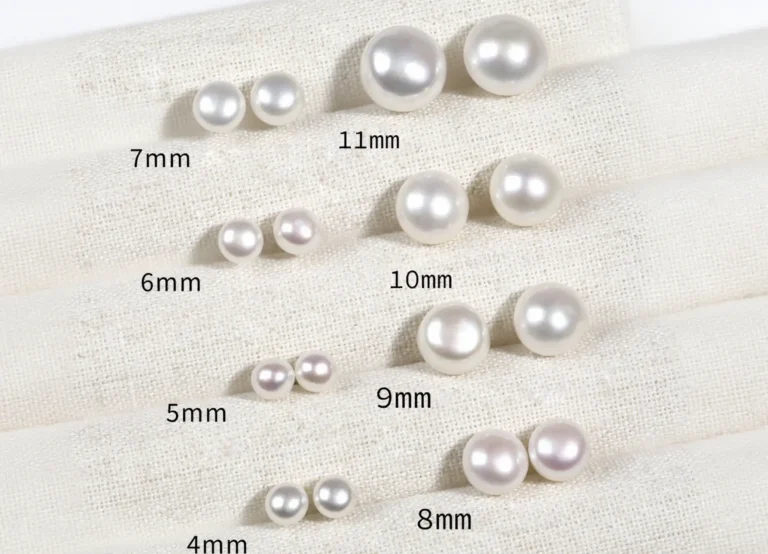

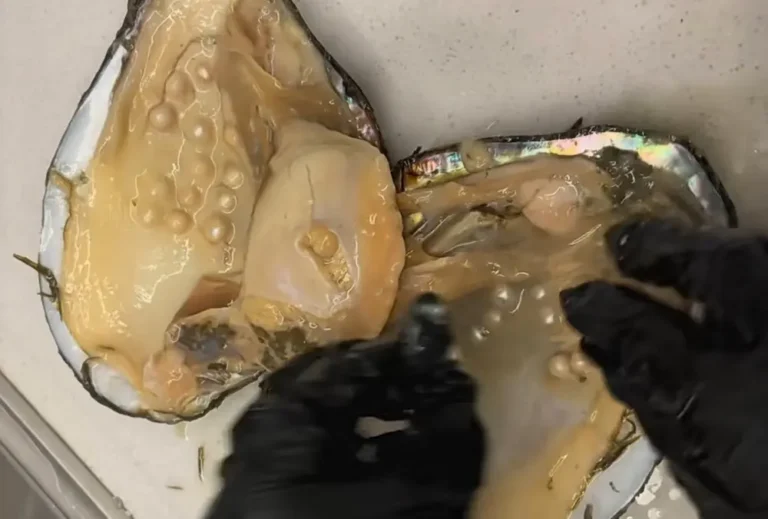
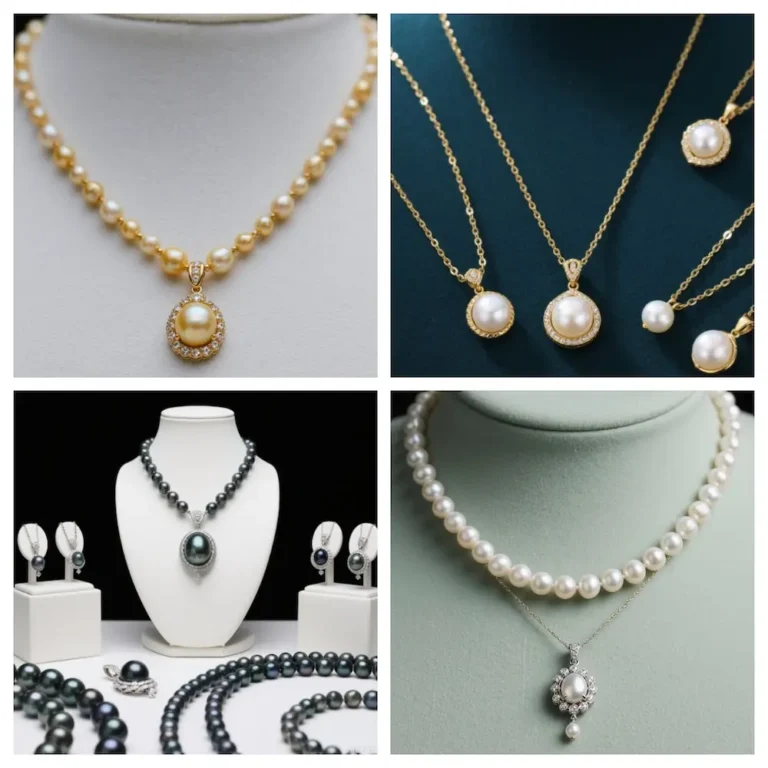
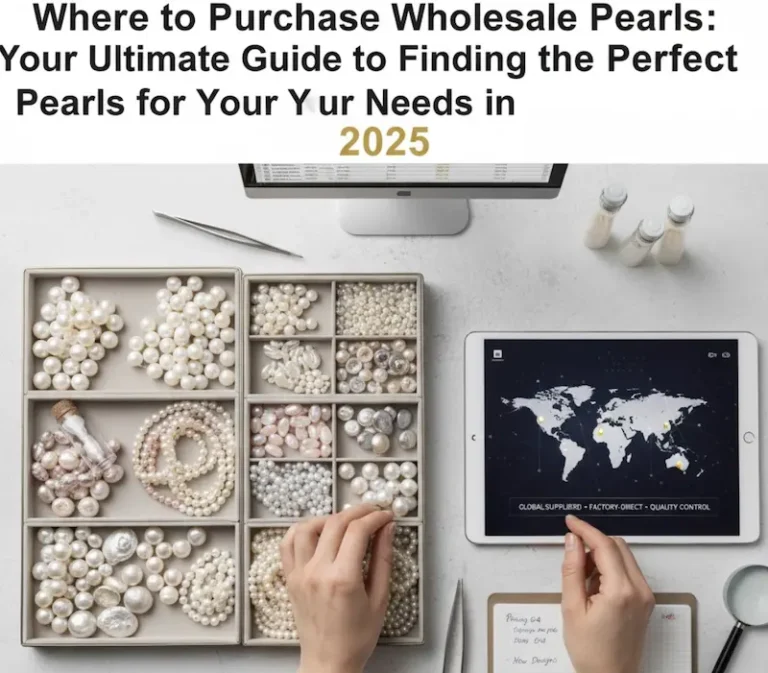


One Comment